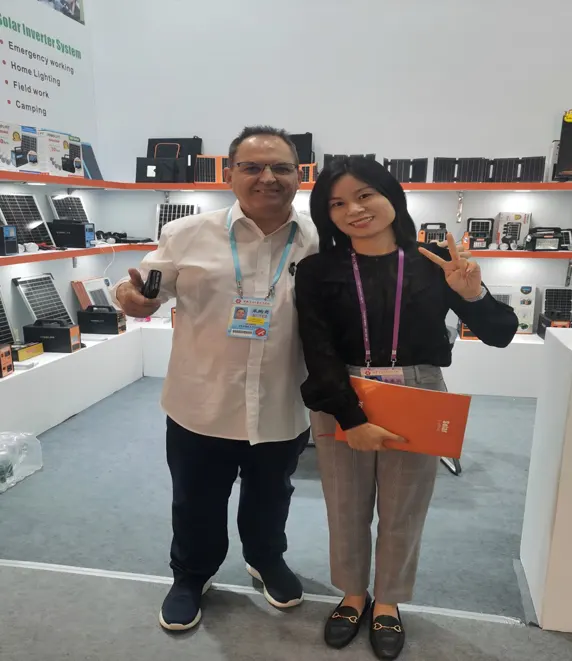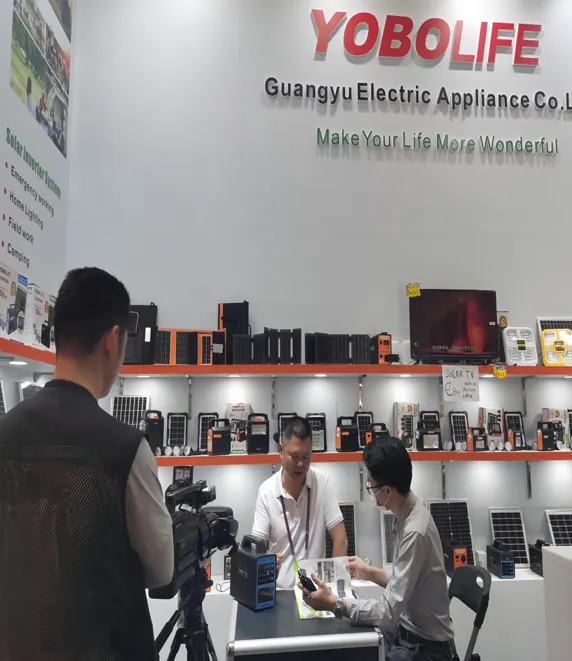Solar energy is rapidly gaining popularity as an alternative energy source. It is a clean and renewable source of energy, making it a more environmentally friendly option than traditional energy sources. In order to harness solar energy, solar panels are installed to collect sunlight and convert it into electricity. However, this energy is not directly usable by the grid or appliances in a home or business. A solar inverter is used to convert the direct current (DC) electricity generated by solar panels into alternating current (AC) electricity that can be used by the grid or appliances. In this article, we will discuss solar inverters in detail, including their types, functions, and benefits.

Types of Solar Inverters There are three main types of solar inverters: string inverters, micro inverters, and power optimizers.
String inverters
The most common type of inverter used in residential and commercial solar systems. They are designed to convert the DC electricity generated by a string of solar panels into AC electricity. They are cost-effective, easy to install, and can handle large amounts of solar energy.
Micro inverters
on the other hand, are designed to convert the DC electricity generated by each individual solar panel into AC electricity. They are installed directly behind each solar panel and are connected in parallel to the grid. Micro inverters have the advantage of being more efficient and reliable than string inverters, but they are also more expensive.
Power optimizers
A combination of string inverters and micro inverters. They are installed at the back of each solar panel, similar to micro inverters. However, instead of converting DC to AC, they optimize the output of each panel and then send the DC electricity to a string inverter for conversion to AC.
Functions of Solar Inverters The primary function of a solar inverter is to convert the DC electricity generated by solar panels into AC electricity that can be used by the grid or appliances. However, solar inverters also perform other important functions.
One such function is maximum power point tracking (MPPT). MPPT is the process of finding the optimal voltage and current at which a solar panel produces the maximum power output. Solar inverters use MPPT to ensure that each solar panel is operating at its maximum efficiency, thus maximizing the energy output of the entire system.
Another important function of solar inverters is data monitoring. Solar inverters provide real-time data on the performance of each solar panel and the overall system. This data can be used to identify and troubleshoot any issues, as well as to optimize the system for maximum energy production.
Benefits of Solar Inverters There are several benefits to using a solar inverter in a solar energy system.
Firstly
solar inverters increase the efficiency of the solar energy system. By converting DC electricity to AC electricity, solar inverters ensure that the energy generated by solar panels can be used by the grid or appliances.
Secondly
solar inverters provide real-time data on the performance of the solar energy system. This data can be used to identify and troubleshoot any issues, as well as to optimize the system for maximum energy production.
Thirdly
solar inverters can help reduce the cost of energy bills. By generating solar energy and using it to power appliances or selling excess energy back to the grid, homeowners and businesses can save money on their energy bills.
Finally
solar inverters are environmentally friendly. They help reduce the carbon footprint of homes and businesses by reducing the amount of fossil fuel energy that is used.
Conclusion
solar inverters play a vital role in solar energy systems. They convert DC electricity generated by solar panels into AC electricity that can be used by the grid or appliances. There are three main types of solar inverters: string inverters, micro inverters, and power optimizers.








